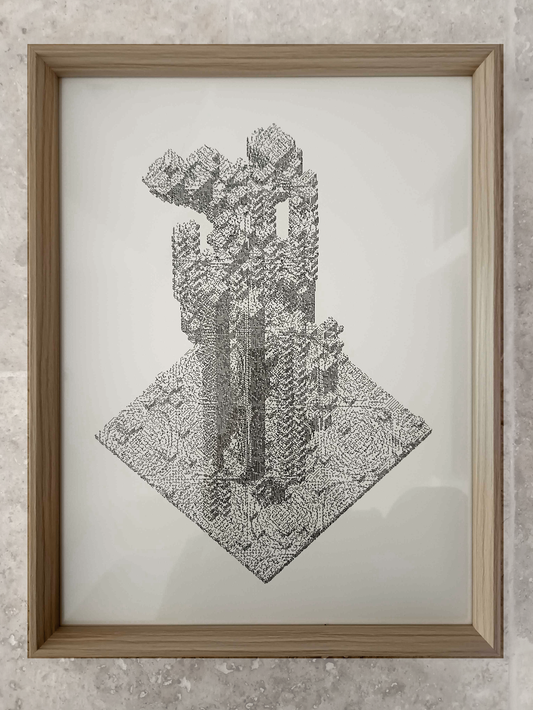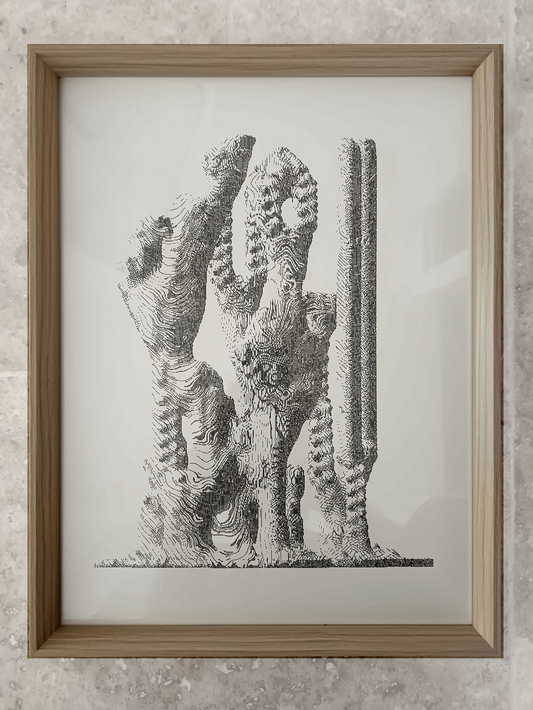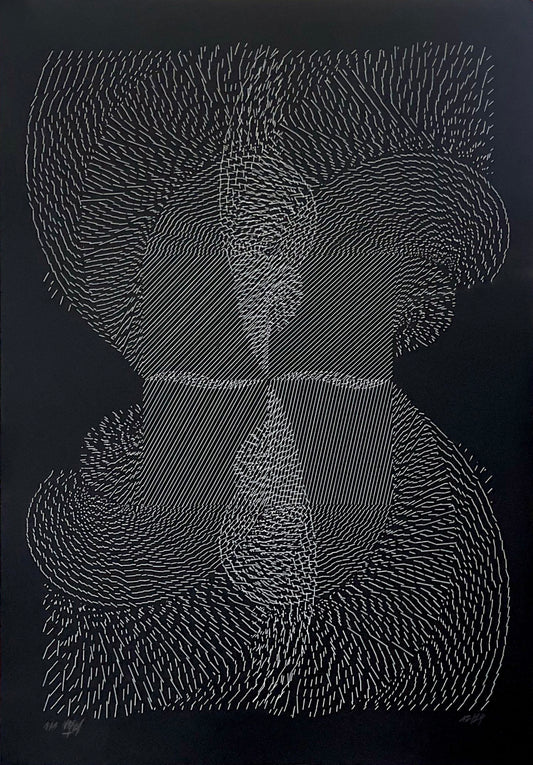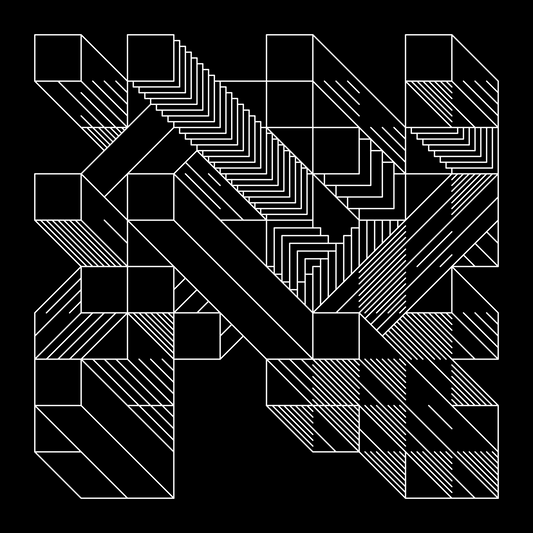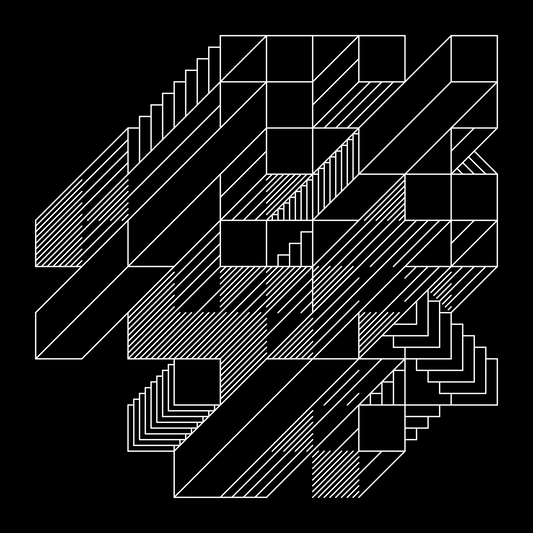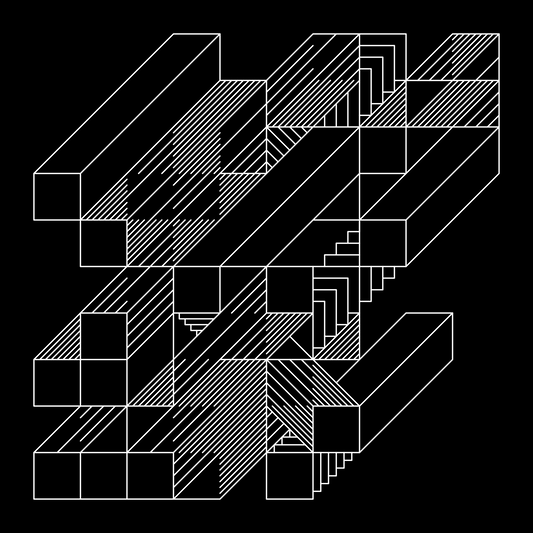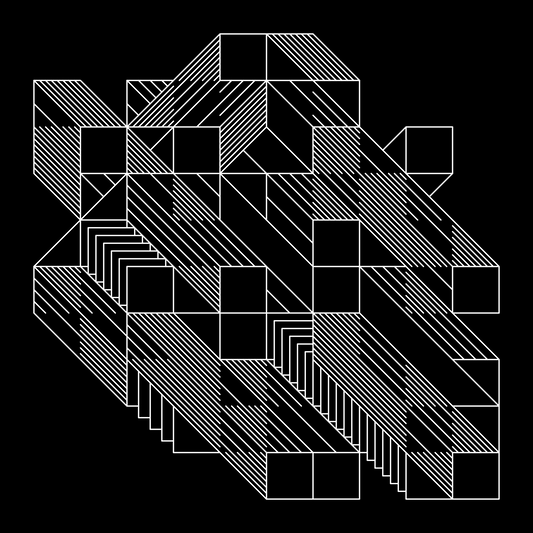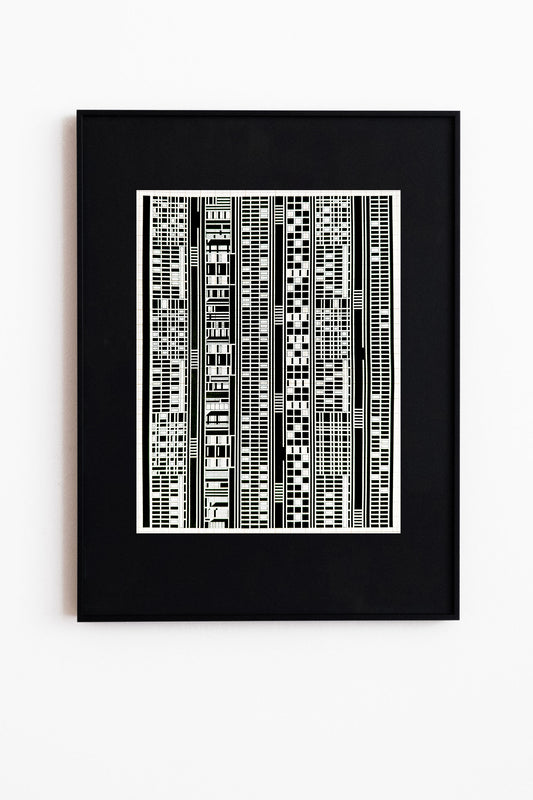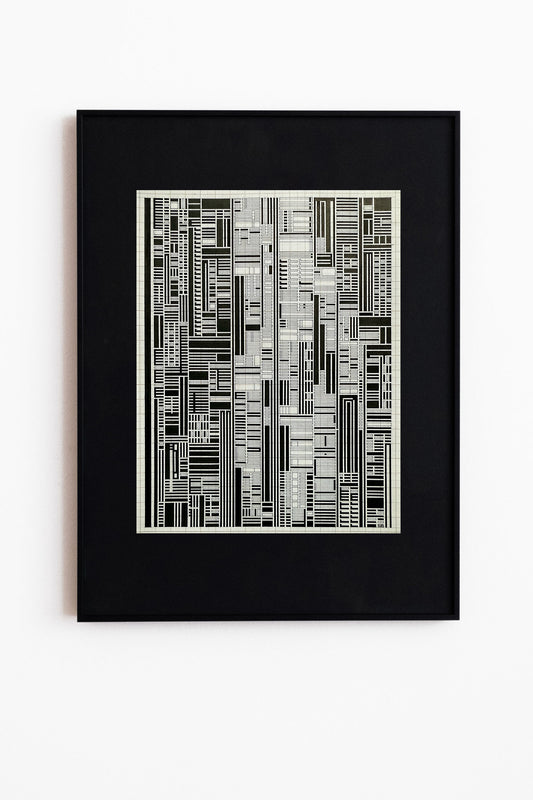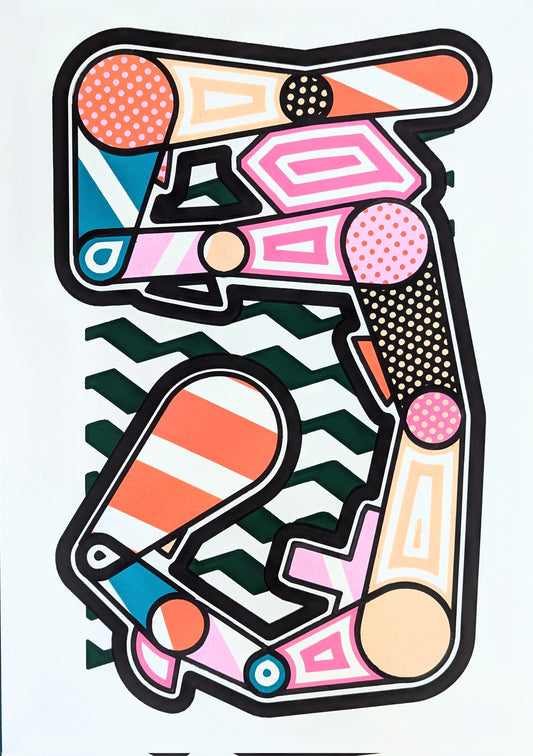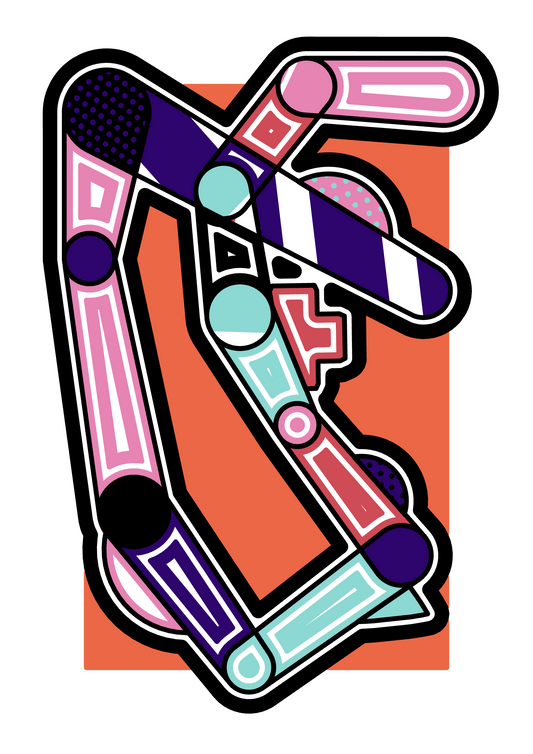From December 21, 2020 to January 4, 2021
with Simon Russel, Simon Kirby, Nicola Lorusso, Leandro Summo, Julien Gachadoat, Pierre Paslier, Gaia Azzi
The exhibition presents the work of generative artists, who express themselves through a notion of research but also through play; they are ‘serious gamers’!
The selection of the exhibition focuses in particular on generative drawings, but this reflects only part of the experimentation of the artists, who work on different forms of expression; from the construction of intelligent objects and interactive works, from 3D space modeling to live projection...
Their field of research is wide.
They exploit the virtual potential to reveal forms and structures that would be impossible to realize without a computer, thus creating a convergence between art and technology.
A particularity of the generative process is that a project is built like a matrix, from which the artist can reproduce or recreate multiple variations, by modifying the parameters that will have an impact on the visual result.
In this processual invention: the artist’s intention is defined by the programming, the work is as much the final realization as the process that gives birth to it. Thus the tool can take its autonomy, while obeying the rules determined by its creator, and in this way it becomes generative.
In this way, artists play on the chance factor to create works that end up having their own creative capacities, in a state of instability motivated by unpredictability. There is in their approach a perpetual contrast between the establishment of strict rules, the rigor of the computer code, the definition of algorithms, with the chaos brought about by the random principle. It is both concrete and very poetic.
The artists in the exhibition GENERATIVE have in common the experimentation around the visualization of phenomena; whether they are sound, spatial-temporal, geographical... With the basis of the capture and exploitation of data for the generation of works.
Simon Kirby who materializes his native Scotland in the series Camas Thairbearnais, by combining the recording of the sound of the waves of the coasts of the island of Canna, with data of localization of the relief of the coastline of the same place. Her work results in a form of conceptual representation of a landscape.
Leandro Summo in his series Organic captures the micro electrical signals emitted by an orchid, to determine the visual characteristics of the work, through the organic randomness of the plant. Through this approach the works take all their meaning; they are at the same time constructed from the data of a phenomenon, while being the conceptual representation of it.
Simon Russell in his work The Well exploits the source of a soundscape, an idea taken from Bernie Krauss’ Biophonie concept. The work is based on an audio recording taken from the Amazon rainforest; in this thriving ecosystem each frequency contains multiple layers of information.
Nicola Lorusso is also interested in sound visualization with his project Spatial Matters. He composes his images thanks to a series of algorithms that receive audio sources and generate a digital simulation showing the spatio-temporal evolution of sound.
He applies this method to the exploration of the human voice in his Mother and Brother series.
This creative process is similar to a musical composition; by capturing sound and generating algorithms, like an original score and determining the creation of a form.
The artists also illustrate themselves in a pure research of morphogenesis; the creation of a form assigned to a space, the repetitive games, introducing a part of unpredictability to lead to the emergence of abstract forms.
Chantal Matar in her series Morphogenèse explores through the use of 3D modeling software, the linear formations of a spatial chaos in constant evolution.
Gaia Azzi uses mathematical principles to create Mutation IV, a three-dimensional fractal object. This artificial ‘organism’ is based on an equation: it is formed by combining a set of three different mathematical formulas and generated using computer software.
In his work Square noise, Pierre Paslier combines the rigor of digital repetition with a random process to generate a shape with geometric vibrations.
Julien Gachadoat, in Furrows, plays with the superimposition of waves and the combination of lines to give birth to a form that is both chaotic and ordered.
All of these creations are inspired by models of geometry, mathematics, physics... Algorithmic laws become the transcription of the universal laws that govern the creation of shapes.
Taking birth in the virtual, their work tends to the creation of a materiality, by the passage between the digital world and the physical world. If the basis of the creative process is the elaboration of a digital material, it is finally transferred into a real work.


